PILLARs
Charlotte Mason with a British Accent
Chip Denton
I wish you all could have met Eve Anderson when she was here two weeks ago. All the way from England she came to help us learn to teach the way we think is best for students at Trinity. Our ever persistent and indefatigable board member Nancy Brooks discovered Eve last summer on a trip to England and arranged for her to visit Trinity while she was in the states.
What we hoped to gain from Miss Anderson’s visit was a better window into the educational praxis of a British educator named Charlotte Mason. Since the first year Trinity opened its doors, we have all been learning about and from Charlotte Mason, experimenting with her pedagogy, and teasing out the ways her philosophy of education can inform a classical Christian education at the beginning of this new century.
Miss Anderson is something of an endangered species. Educated at Charlotte Mason’s teacher’s college at Ambleside before that institution departed from its founder’s vision, she went on to teach and then to head a Parents’ National Educational Union School (an organization founded by Charlotte Mason) called Eton End. There is hardly anywhere one can go today to find someone with such bona fide Mason training and a lifetime of putting her ideas into practice.
We got what we hoped for, and more, from her visit. Miss Anderson proved to be a delightful person who was willing to help in any way she could. Her years of experience showed in the wisdom she shared with us on dozens of topics we discussed. What I appreciated most about her, I think, was the fact that Mason’s educational philosophy was not on her sleeve, certainly not on her shoulder, but in her blood and in her heart. Prick her anywhere and you get Charlotte Mason.
Charlotte Mason pure and practical, not heady and philosophical. And just now that is what we need. The ideas we can read in Mason’s published works, but the practice must be seen to be understood. Miss Anderson spent the better part of three days at Trinity, first observing classes, then doing demonstration teaching in each of our classrooms. She also met with our faculty and Education Committee for an extended period one afternoon.
One could learn a great deal about Charlotte Mason from the three simple but profound educational strategies Eve Anderson demonstrated for our teachers.
- Narration:
Narration is the practice of reading a living book to the students and then asking them, after one reading, to “tell back” what they have heard or read. This telling is to be complete and accurate, full of details and, ideally, redolent of the author’s language, style, and tone. The teacher’s distinctive role in this activity is to prompt the students but to allow them to recapture the story for themselves. Through narration, both oral and (especially for older students) written, students are able to make the story, the history, the description their own. We have been using narration in our classrooms for some time, and Miss Anderson’s demonstrations helped us to sharpen and redirect our practice.
- Picture Studies:
Just as narration provides the student with the opportunity to recapture words, so picture study gives him or her the chance to find words to describe a painting or drawing. Students are given a small version of a well-known painting; they study it for several minutes and then turn it over. The teacher then prompts them to describe the picture in detail. It is always fascinating to see how many details young minds can remember, and what one student omits the others will supply. After this demanding exercise is completed, students study the picture once more, so that the picture, like the narrated story, becomes part of their mental furniture. We have done limited picture studies at Trinity and are intentionally increasing this practice this year.
- Nature Studies:
Charlotte Mason believed that a good education gives students a direct relationship with books and things. Through careful study of nature, she meant for the student to acquire a facility for and a habit of exploring the world around him or her. Miss Anderson took one class outside and helped them find a “liquid amber” tree—our sweetgum. The leaves were not quite fallen, and there were some wonderful splotchy specimens brought back inside. Then the students took watercolors and attempted to reproduce their leaf both in shape and color. After consulting a botanical guidebook, the leaf could be labeled, and the student’s own observations added in the margins or on adjacent pages in the nature notebook. Miss Anderson shared several beautiful nature notebooks with us, including her own done while she was studying at Ambleside. We will be incorporating more of these nature studies into our curriculum here at Trinity.
We want to thank Eve Anderson for coming to Trinity to help us grow in our teaching craft. I hope that we can have her back again for a more extensive visit, when she would have time for a session with parents. We are all of us lifelong learners, and this educational journey is not for our children alone.
© 2020, Trinity School of Durham and Chapel Hill, Durham, North Carolina.

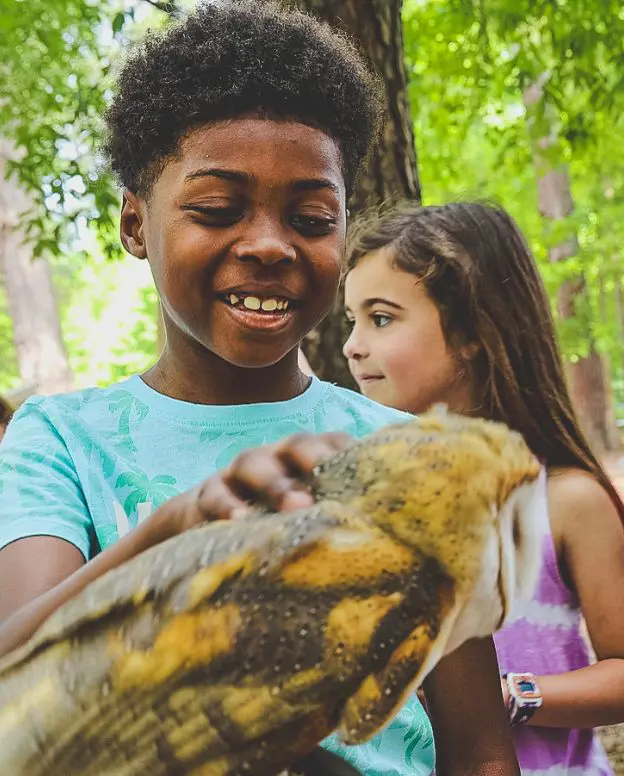
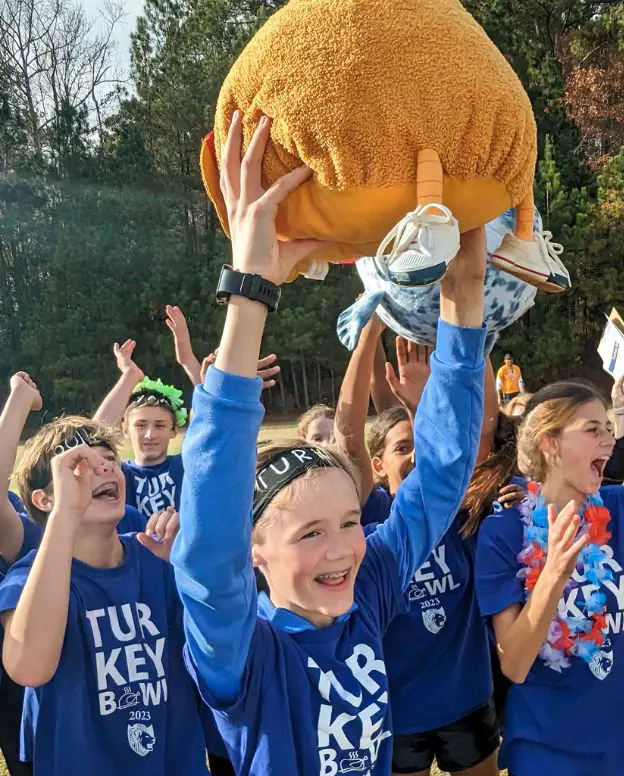
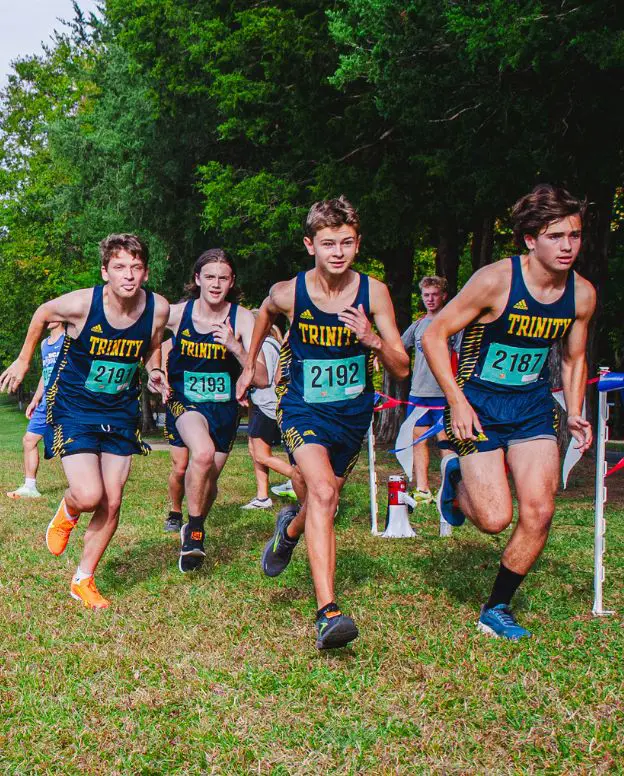
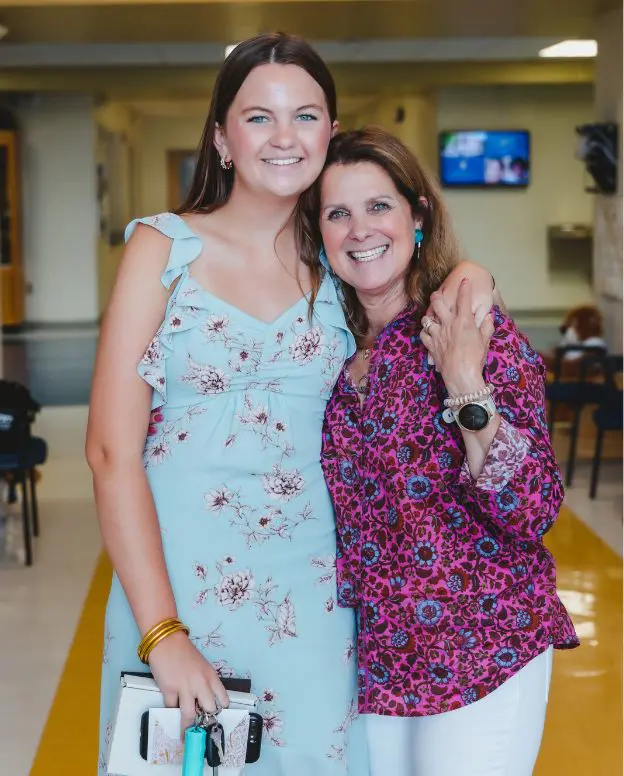
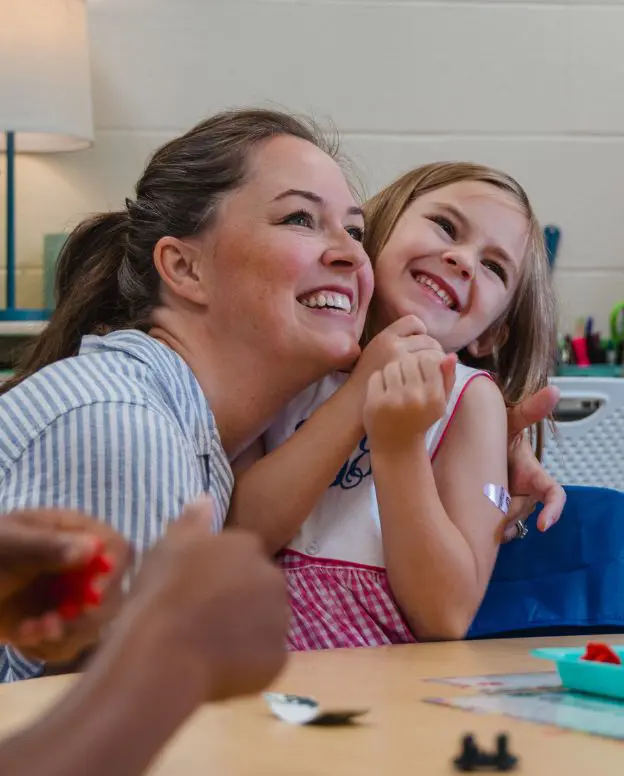
-1022.jpg_1022.jpg?version=638514633012870000)